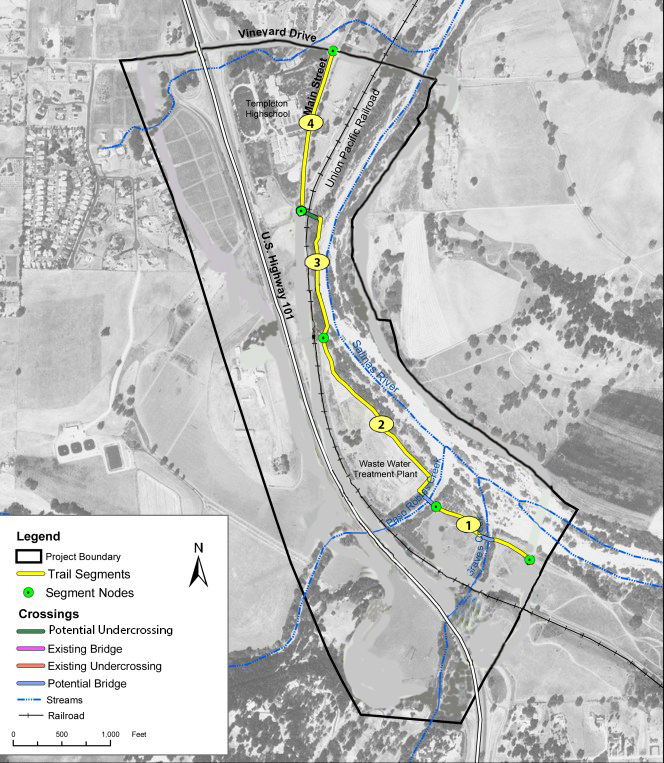At its monthly meeting yesterday, the California Transportation Commission approved funding for 63 projects that had previously applied for funding from the Active Transportation Program but didn't get any because there wasn't enough money. Another 22 projects were approved for funding sooner than originally planned.
These funds are available because of S.B. 1, the gas tax measure that is the subject of a repeal campaign. This funding is the first batch of S.B. 1 funds to be allocated, in part because the program is so oversubscribed that staff had a ready list of already-scored projects they could choose from.
Much was made of this early success from S.B. 1 at the CTC meeting. Several agencies whose projects were on the list told the commissioners that they were poised to send out press releases trumpeting that their projects showed “S.B. 1 funding at work.”
The projects fall within two of the three groups of ATP funding: the statewide competition, which allocates half of the available ATP funding, and the small urban and rural group, which allocates ten percent of the total funding. The third group, projects that compete within larger metro regions for forty percent of the funding, will be awarded later this year.
Laurie Waters, ATP program manager at the CTC, noted that the applicants were successful because they were persistent, and had good projects ready to go. Even though they weren't awarded in earlier rounds of funding, she said, “They kept applying, because they're committed to making their communities safer and more livable.”
With the new funding from S.B. 1, the program is able to fund projects in areas that had not received anything in past rounds. Waters gave the example of El Dorado County, which just won funding for its first two ATP projects. They will build a new pedestrian connection in Placerville and a multi-use path connection along the El Dorado Trail. Mono County also received its first ATP funding, for a complete streets project on Main Street in Bridgeport.
Waters said that having more money will make it possible for the ATP to “provide better geographic equity, and will help best meet the overall goals of the program, not just concentrate on awarding money to the highest scoring projects. Having more money doesn't solve all problems,” she said, “but it sure does help.”
ATP goals are to encourage the use of active modes of transportation by increasing safe conditions for walking and biking, and to advance state emission reduction goals.
Another project awarded funding was for a multi-use path in San Luis Obispo County. SLOCOG will receive $3.3 million to build the Templeton-Atascadero Commector between the two communities.
Ron De Carli of SLOCOG said that this project, one of the few for which the county has received ATP funding, is a crucial safety project for the area. “The only connection between these communities right now is Highway 101,” he said. “We are building this path to get pedestrians and bicycles off Highway 101—a freeway,” he emphasized. “We really appreciate it, and are looking forward to moving this forward.”
There were many congratulations from commissioners and applicants for the hard work staff did to get this project list finished.
Jose Luis Cáceres of Sacramento Area Council of Governments thanked the staff for their “amazing work”: “They listen when we have questions or comments,” he said, “and we can count on honest and frank answers.”
Commissioner James Madaffer rounded out the congratulations with his own thanks to the staff. “Could we do more?” he asked. “Sure. But these are a good first step, and these are outstanding projects.”
The full list of projects are available online. Projects awarded under the statewide competition are here, and under the small urban and rural competition here.
Note: GJEL Accident Attorneys regularly sponsors coverage on Streetsblog San Francisco and Streetsblog California. Unless noted in the story, GJEL Accident Attorneys is not consulted for the content or editorial direction of the sponsored content.






